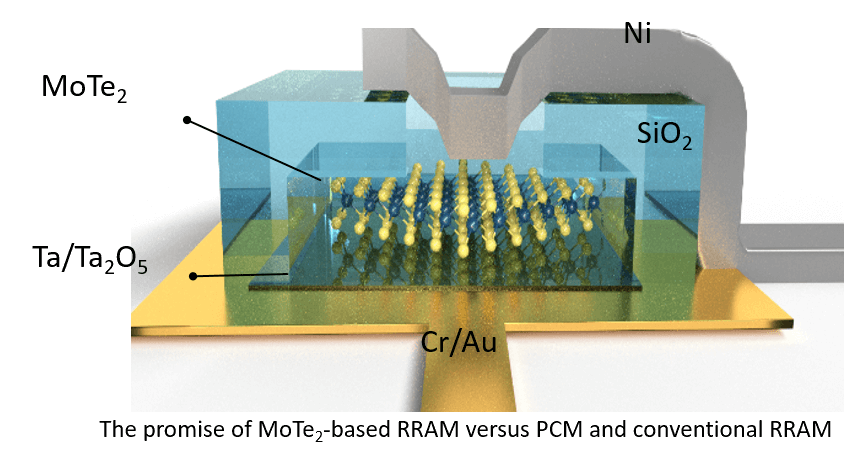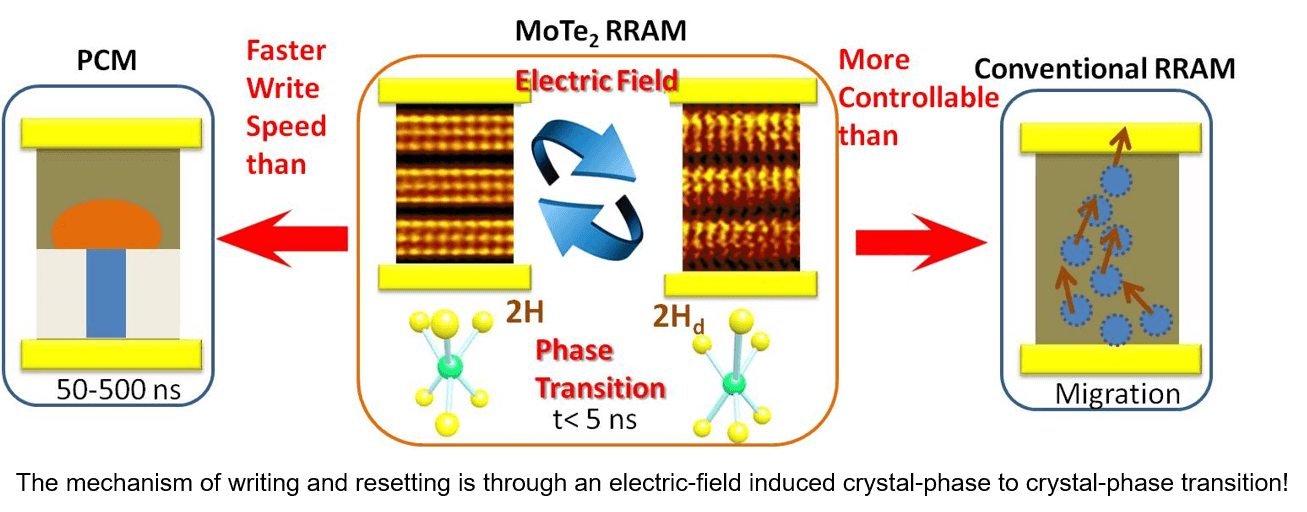Logic devices based on two-dimensional (2D) materials are a promising area of research due to their unique electronic properties, such as high electron mobility, tunable bandgap, and excellent electrical and thermal conductivity. These materials, including graphene, transition metal dichalcogenides (TMDs), and black phosphorus, have been extensively studied for their potential in high-performance and low-power logic applications.


Logic based on two-dimensional materials
Scaled double gated TMD FETs have shown excellent performance specifications for back-end-of-line (BEOL) compatible CMOS applications when fabricated down to a scale of 30nm. These TMD FETs have demonstrated high performance in terms of low power consumption, high switching speed and high current density, making them ideal for BEOL CMOS applications such as memory, logic and high-speed communication. Furthermore, TMDs such as MoS2 and WSe2 have also shown a high level of thermal stability and a large bandgap, allowing them to operate at high temperatures and high frequencies.

2D TMDs have shown great potential for use in interconnects due to their unique electronic and mechanical properties. These materials have high carrier mobility and high thermal conductivity, which can lead to high-performance interconnects. Additionally, the atomic thickness of these materials allows for the reduction of interconnect dimensions and the potential for increased packing density. Research in this area is ongoing, but the promise of 2D materials in interconnects is significant as it could lead to more efficient and high-performance devices in the future.

Probabilistic spin logic for advanced computation
Probabilistic spin logic (PSL) is a new approach to computation that uses the probabilistic behavior of nanomagnet-based devices to perform Boolean and non-Boolean operations. This approach has the potential to significantly reduce the energy consumption of computing systems and enable new types of computation. PSL devices are also highly scalable, making them suitable for use in advanced computing systems such as neuromorphic processors and quantum computers. The CISEDS center is dedicated to researching and developing PSL devices and systems, in order to push the boundaries of what is possible with this exciting new technology. CISEDS will be dedicated to researching and developing PSL devices and systems, in order to push the boundaries of what is possible with this exciting new technology.

